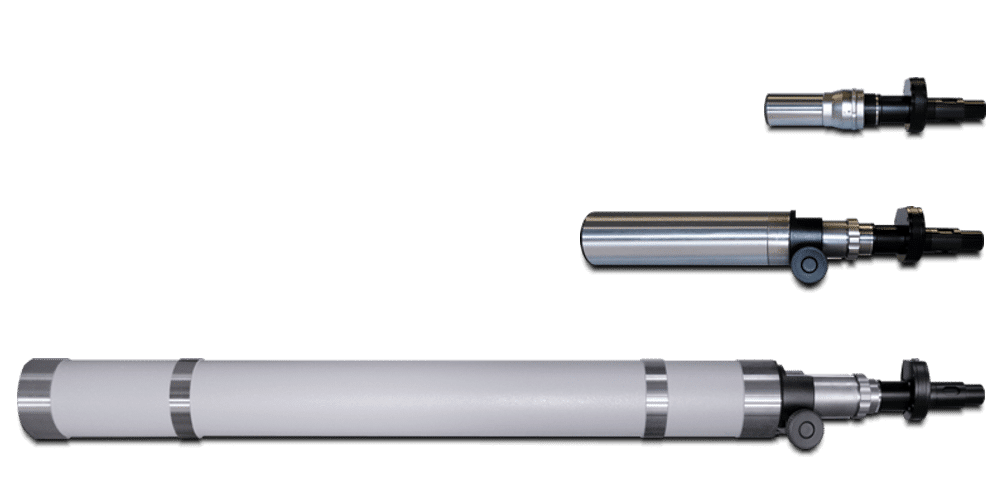Collimators

Type K
Möller-Wedel Optical offers collimators with different focal lengths and diameters.
show product
Type K SW
A collimator with a reticle turret provides 6 selectable collimator reticles. The reticle turret allows a quick change of reticles for different measurement tasks.
show product
Type K MD
Collimators with double micrometer allow the setting of defined image angles in two directions. The movement of the reticle in x- and y-direction in the focal plane is measured with measuring drums. The scale division is 5 micrometer.
show product
Type KV - Focusable
We offer collimators with adjustable focus setting with different focal lengths, diameters and adjustment ranges.
show product
Type KV MD - Focusable
Adjustable focus collimators with double micrometer allow the setting of defined field angles in two directions. The lateral movement of the reticle in x- and y-direction in the focal plane is measured with micrometer drums. The scale division is 5 micrometer. The distance between reticle and objective is adjustable.
show product
Type KV SW - Focusable
Adjustable focus collimators with reticle turret provide 6 selectable reticles. The reticle turret allows a quick change of reticles for different measurement tasks. The distance between reticles and objective is adjustable.
show product
Type KM - Motorized Collimators
The collimators are designed for active alignment of cameras for the automotive industry. As standard, the collimators are equipped with a reticle for MTF measurement (transparent crosshair on dark background, slit width 10 µm). There are 4 different focal lengths to choose from. These allow an ideal adaptation of the achievable image distances to the optics to be tested.
show product